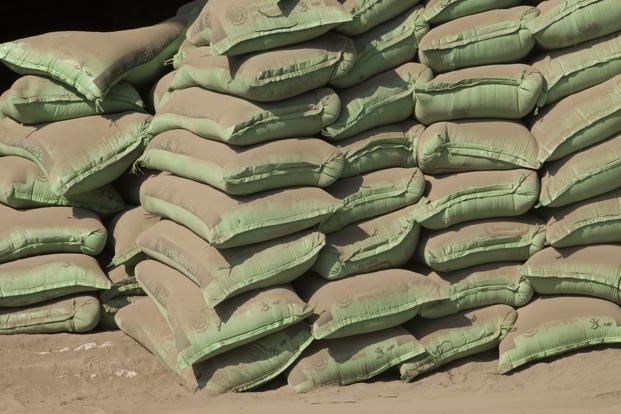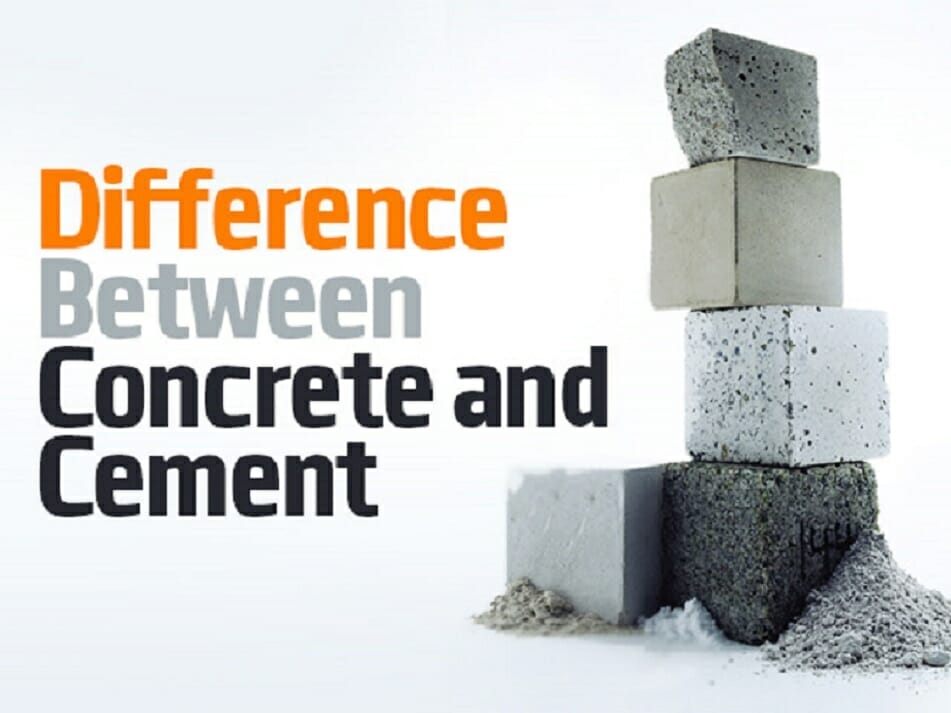Some civil engineers in the field may have thought at least once in their lifetime that cement and concrete are just the same. It only takes one course or subject to turn that myth around, and maybe this article is for the layman and other engineers who falsely interchange the two. Both terms are not really engineering jargon as they are widely used in everyday conversations, so let this be settled once and for all.
Cement is often confused with concrete, and it’s a common misconception that cement and concrete are interchangeable terms.

Is it a cement sidewalk or a concrete sidewalk?
A cement truck or a concrete truck?
Knowing the basic fundamentals of each, including history, composition, and differences, will help you as a young professional civil engineer more knowledgeable when talking to construction experts. Moreover, you may also consult with Concrete Calculator for your concrete project calculations.
What is cement? How is it different from concrete?

Cement is a very fine powder made by grinding calcined limestone. It contains mostly calcium and silicon. Cement is the binding agent, or binder, that holds the concrete together.


On the other hand, concrete is a heterogeneous mixture of cement, sand, crushed stone, and water. The aggregates, sand, and crushed stone give concrete mass, while the water activates the cement, holding it all together. Different strengths of concrete can be attained by different ratios of the materials, and when steel is added, it is called reinforced concrete.
By now, it should already be clear that cement and concrete are two different but related products. Concrete cannot be made without cement, but cement can be made without concrete.
One cannot say that a road is already cemented because that’s a technically incorrect statement. Civil engineers nearby will find it ridiculous to eavesdrop that a road is made just out of powder. Instead, say that the road is already concreted.
Are concrete and cement the same?
No, they are not the same thing. Concrete is made of aggregates and binders, according to general contractor Engr. Randy Robinson.
The aggregates are the sand and the gravel portion of the Concrete Recipe.

Cement is the binder or glue portion of the concrete recipe; it holds all the aggregates together. Cement is the World’s basic ingredient in Concrete, mortar, and similar products. Portland cement is the most popular type used in concrete. It is a very fine, dry, greenish-gray powder that is very Alkyd. Wet concrete, mortar, and stucco are so Alkyd that they can melt your skin away and give you a chemical burn. You are not supposed to touch it or breathe the dust.
Cement is made of limestone, shells, chalk, or marl combined with shale, clay, slate, blast furnace slag, silica sand, and iron ore.
“These ingredients, when heated at high temperatures, form a rock-like substance that is ground into the fine powder that we commonly think of as cement.” PCA Portland Cement Association.

Cement, Aggregates, and water are mixed into a thick slurry, and during this process, a chemical reaction occurs between the cement and water. Within 20 minutes, the concrete begins to cure.
Time is of the essence here because slowing the setting process down is difficult, so workers have to be very efficient at placing concrete and finishing it before it gets hard. Sometimes, they have to work steadily for hours without a break to get the concrete placed and finished before it gets hard. The warmer the temperatures are, the faster the concrete sets.
















